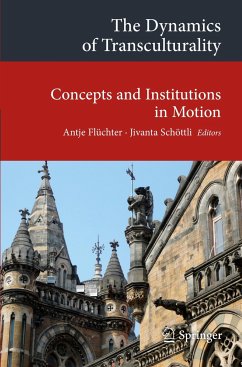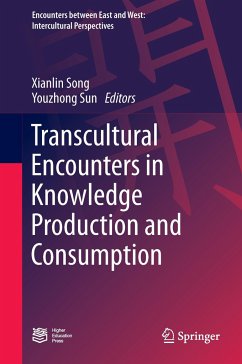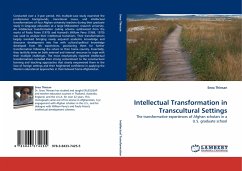
Spirits in Transcultural Skies
Auspicious and Protective Spirits in Artefacts and Architecture Between East and West
Herausgegeben: Gutschow, Niels; Weiler, Katharina

PAYBACK Punkte
19 °P sammeln!
The volume investigates the visualization of both ritual and decorative aspects of auspiciousness and protection in the form of celestial characters in art and architecture. In doing so, it covers more than two and a half millennia and a broad geographical area, documenting a practice found in nearly every corner of the world. Its transcultural approach aims at gaining insights into cultural dynamics and consistent networks and defining new historical mindmaps; it examines reciprocal effects and aspects of interwovenness in art and architecture with a view to reconceptualizing their establishe...
The volume investigates the visualization of both ritual and decorative aspects of auspiciousness and protection in the form of celestial characters in art and architecture. In doing so, it covers more than two and a half millennia and a broad geographical area, documenting a practice found in nearly every corner of the world. Its transcultural approach aims at gaining insights into cultural dynamics and consistent networks and defining new historical mindmaps; it examines reciprocal effects and aspects of interwovenness in art and architecture with a view to reconceptualizing their established realms. The collection opens a window on a phenomenon in the history of art and architecture that has never before been considered from this perspective. The book focuses on a transcultural iconography of aerial spirits, goddesses and gods in art history, pursuing a methodologically innovative approach in order to redefine and develop the practice of identification and classification of motifs as a means to understanding meaning, and attempting to challenge the categories defined by academic disciplines.













